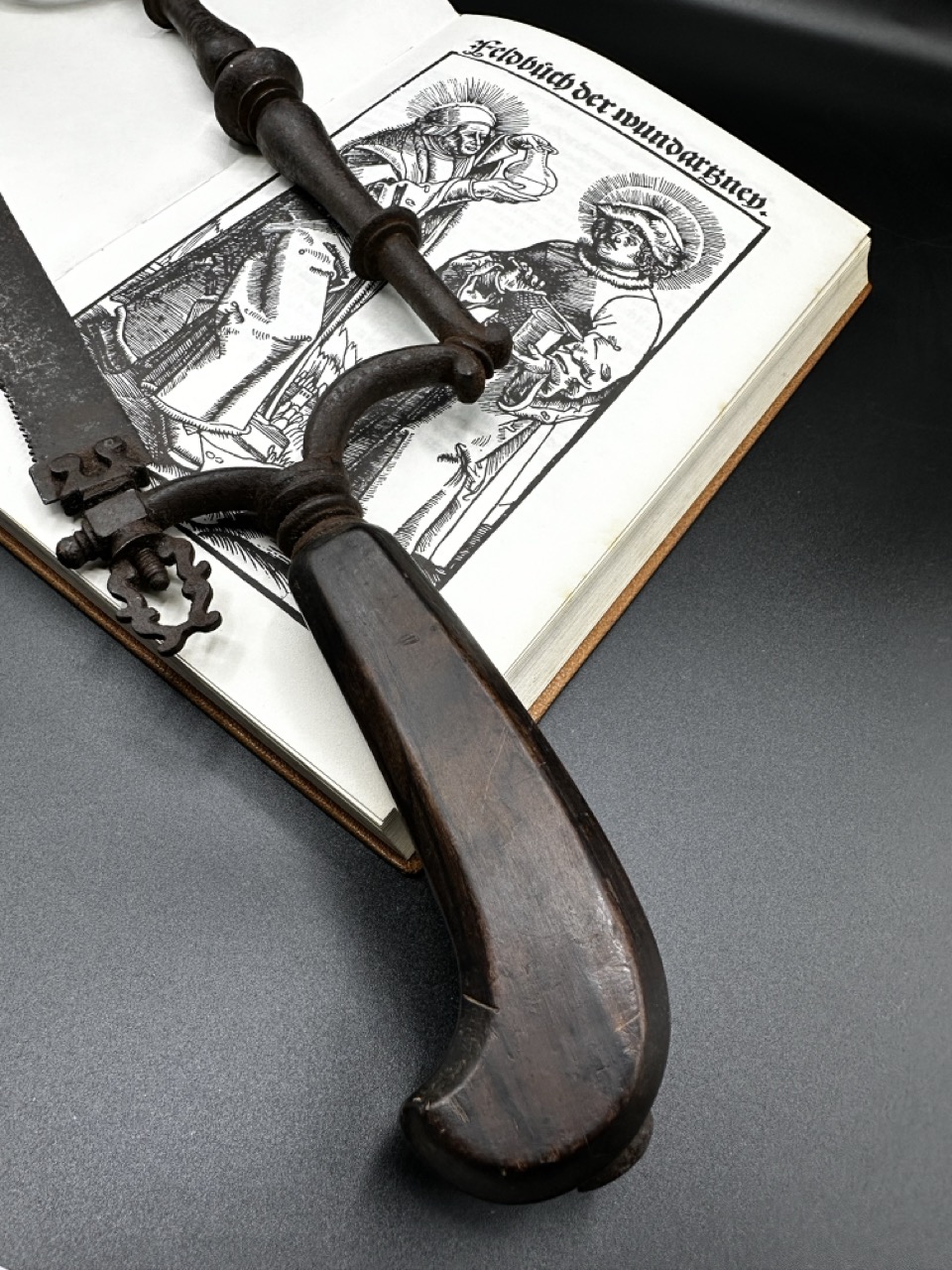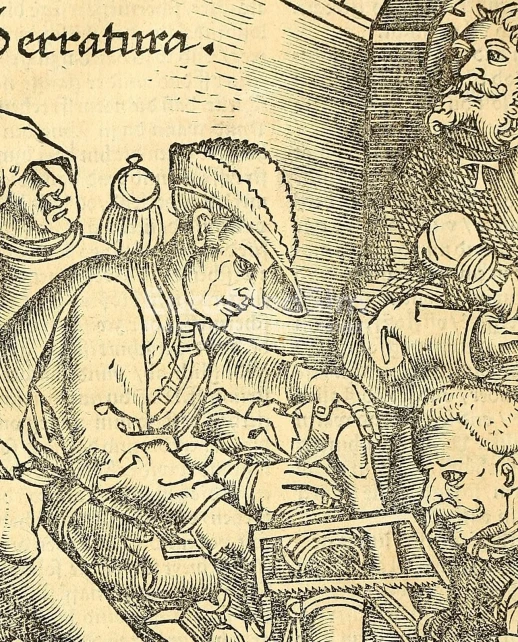Search results3 results
LIBRARY

Germany, 16 C.
Gersdorff, Hans von
Hans von Gersdorff (ca. 1455-1529), Feldtbuch der Wundtartzney (German: "Field Book of Wound Medicine).
PEOPLE

Hans von Gersdorff (1455-1529) was a German surgeon and medical writer who lived during the 15th and early 16th centuries. He is best known for his military surgical experience and his influential medical manual, the Feldtbuch der Wundarzney (Field Book of Wound Medicine), which became one of the most widely used surgical textbooks in medieval Europe. His work played a crucial role in shaping the field of surgery, particularly in the treatment of battlefield injuries, amputations, and wound care.
Articles

The tourniquet is considered by many to be one of the most significant inventions in the history of surgery, having saved millions of soldiers and trauma victims. The earliest documented methods of blood control emerged in ancient India, as evidenced by Sushruta's ligatures, and referenced by Roman medici for vessel tying and cauterisation, in addition to external limb binding. Medieval and Renaissance barber-surgeons utilised tight bands, and in the 18th century, Jean-Louis Petit developed the screw tourniquet. The evolution of emergency care has been characterised by significant developments, with innovations ranging from Esmarch's elastic bandage to modern C-A-T devices.